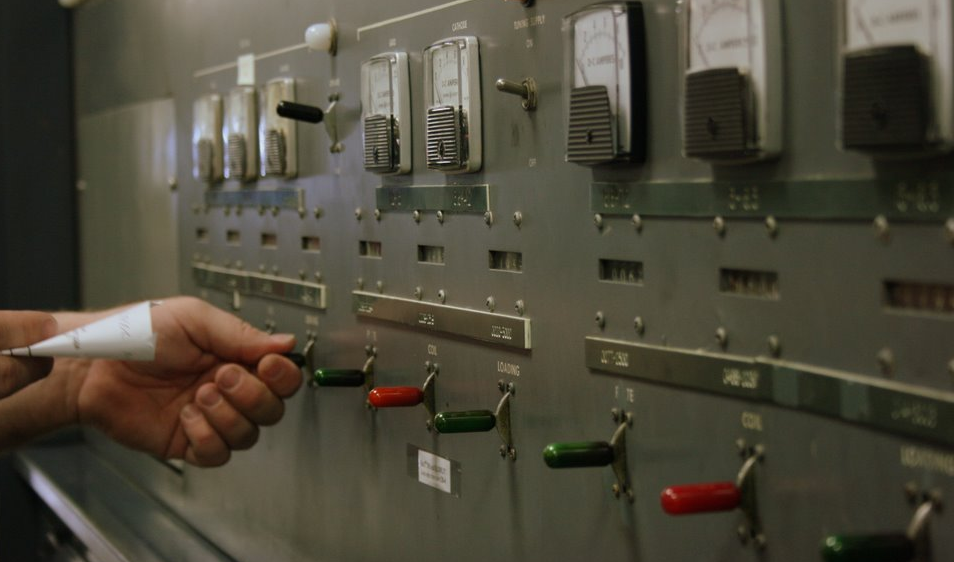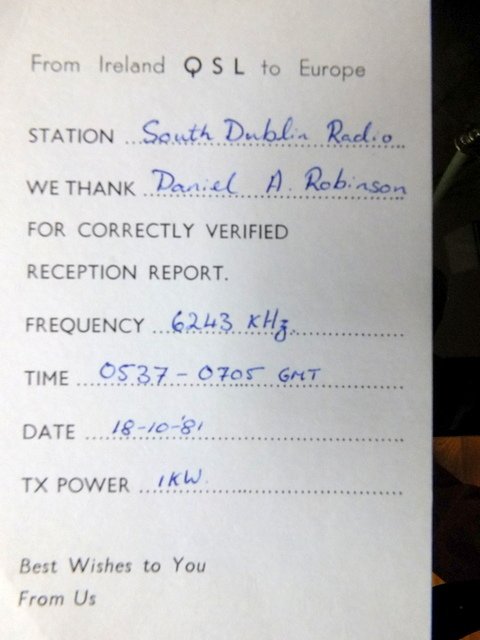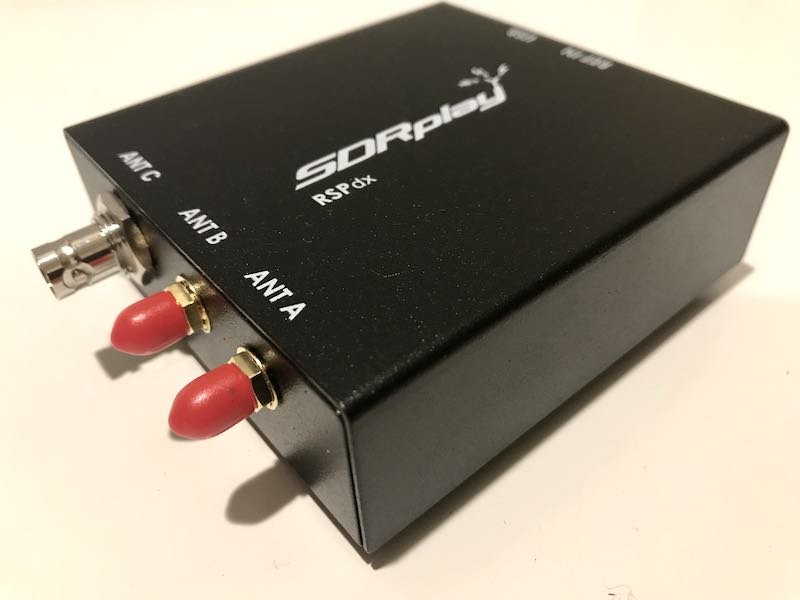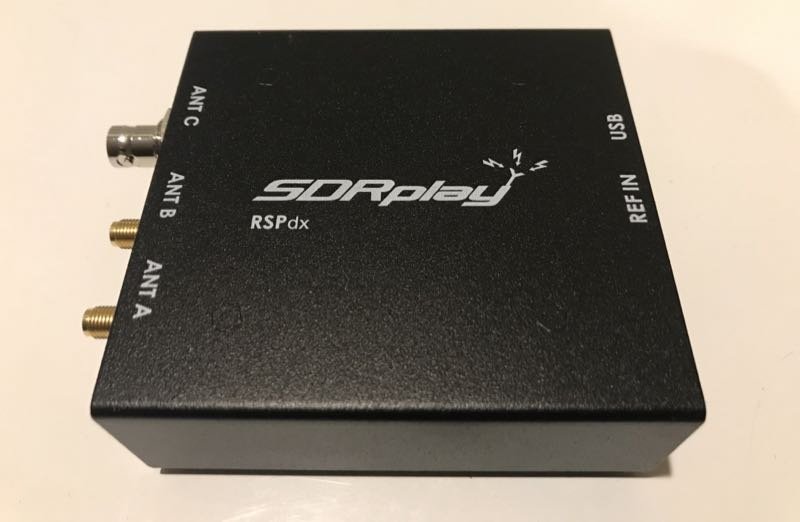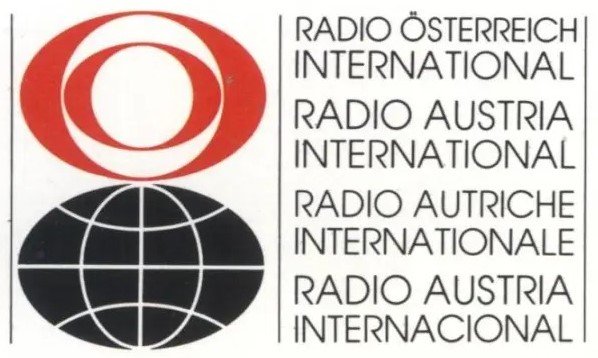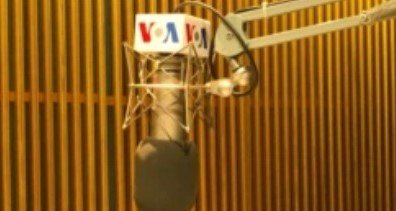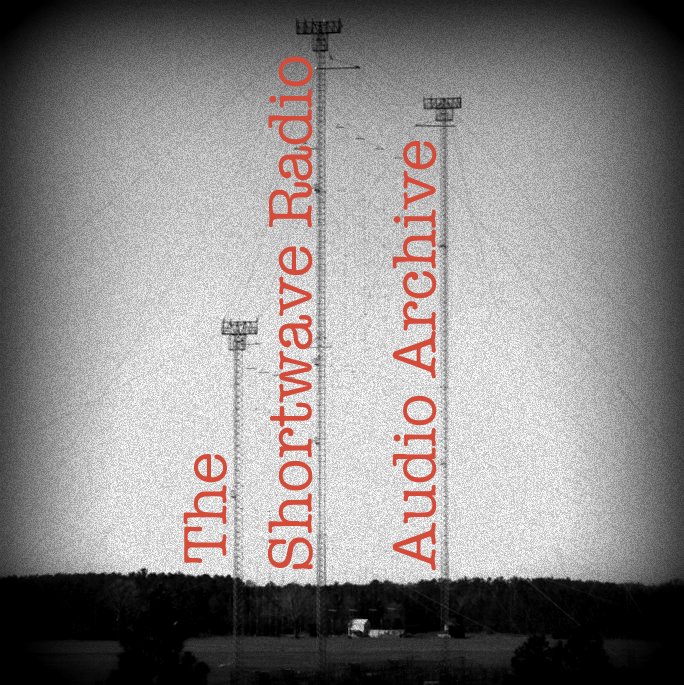by Dan Robinson
In 1972, the Voice of the Revolution, Guinea’s national radio carried the funeral ceremony for Francis Kwame Nkrumah, Ghana’s first president after independence. Quoting from the history: “Nkrumah was born in the Gold Coast (later Ghana) in 1909 and was educated there before going to the United States in 1935 where he attended Lincoln University and later, the University of Pennsylvania. Nkrumah spent 10 years in the U.S., and later went to England to study at the London School of Economics. At the same time, he intensified his political activities for the independence of his homeland, which he led to full nationhood on March 6,1957. He was toppled in 1966 in a coup by army officers and remained in exile in neighboring Guinea until his death in April 1972 in Bucharest, Romania, where he had gone for medical treatment.
As reported by AFP from Accra: “The body of Kwame Nkrumah was flown back here today in a special Guinean Air Force plane. The military government or declared all flags to be flown at half‐staff until the former President is buried in Nkroful, a village 190 miles southwest of here where he was born on Sept. 1, 1909.
Return of the pan‐African leader's body to Ghana marks the culmination of protracted negotiations between the governing National Redemption Council here and President Sékou Touré of Guinea. Mr. Nkrumah died on April 27 in Rumania, where he was receiving medical treatment, and his body was taken to Guinea.
At first, President Touré refused Ghanaian requests for the body and gave Mr. Nkrumah a state funeral in Conakry, the Guinean capital. The Ghanaian had spent most of the years of his exile in Conakry, following his overthrow in 1966 in Ghana's first military coup. He was given the symbolic title of Co‐President of Guinea by President Touré.
Radio Conakry, also known as The Voice of the Revolution, was frequently heard by listeners around the world, usually on its shortwave frequencies including 9,650 kHz and 7,125 kHz. Nkrumah had used the station to make speeches from Guinea to the people of Ghana in 1966.
In this recording, made in Pennsylvania in 1972, you hear part of what appears to be a funeral observance held in Conakry, mostly in French but some English. Radio Conakry remained on shortwave into the 2000s, but later was intermittent. After repairs to its transmitter, it returned to shortwave in 2016 and was still being heard as of early 2021, though at weaker levels than before, and mostly in European locations.
